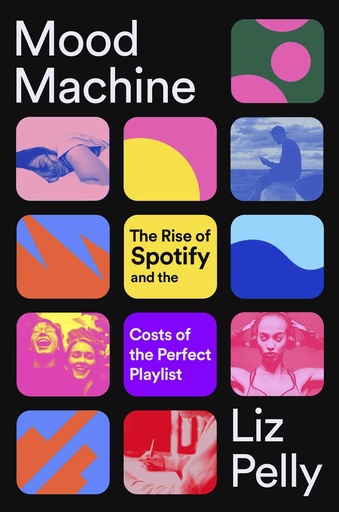Every day, millions of music lovers turn to Spotify for their streaming needs. A few years ago, the idea of instant access to a vast music library at the click of a button seemed far-fetched. Currently, streaming comprises the majority of revenue for the music industry, with figures like 84% in the U.S. and 67.3% worldwide credited to streaming, based on a 2024 report from the International Federation of the Phonographic Industry. Spotify dominates the market share with approximately 31%, boasting 626 million users and 246 million paid subscribers across 180 markets.
In July, Spotify raised its monthly subscription fee, prompting questions about how artists and rights holders are compensated. Spotify allocates about two-thirds of its music stream revenue, generated from subscriptions and ads, to the rights holders. These rights holders, such as record labels, distributors, and aggregators, pay the artists based on contractual agreements. Independent artists who self-distribute their music through services like DistroKid or TuneCore have more control over their royalties.
The payment to rights holders is determined through streamshare, where a fraction of the revenue is distributed based on how often a particular rights holder’s music is streamed compared to the total streams in a market. While this system has faced criticism for favoring popular artists and major labels, some advocate for a user-centric model that compensates rights holders based on individual user streams.
The amount artists earn per stream is commonly misunderstood, with metrics like $0.003 to $0.005 per stream being widely cited. In reality, the calculation is more complex as revenue is pooled and distributed based on streamshare. Artists like Julia Holter emphasize that the current streaming model often falls short in providing adequate income for many musicians, especially those who create music that does not align with the platform’s preferences for shorter, more commercial tracks.
Spotify’s recent decision to stop payments for songs with less than 1,000 annual streams aims to direct more revenue towards emerging and professional artists. However, critics argue that such changes could disadvantage smaller artists. This move, alongside Spotify’s plans to introduce audiobooks, has sparked discussions about the equitable distribution of streaming royalties. Proposed legislation, such as the Living Wage for Musicians Act, seeks to establish a fairer royalty system with a minimum payout per stream, funded by streaming platforms’ revenues.
As debates on streaming royalties continue, stakeholders in the music industry are exploring ways to ensure artists receive fair compensation for their work. The focus is not just on improving revenue distribution but also on sustaining the industry’s growth by encouraging more consumers to support artists through legitimate streaming channels.
